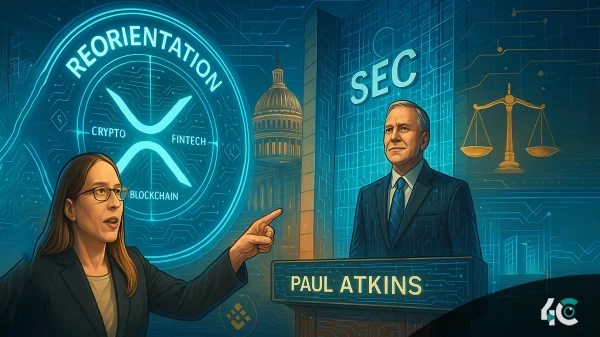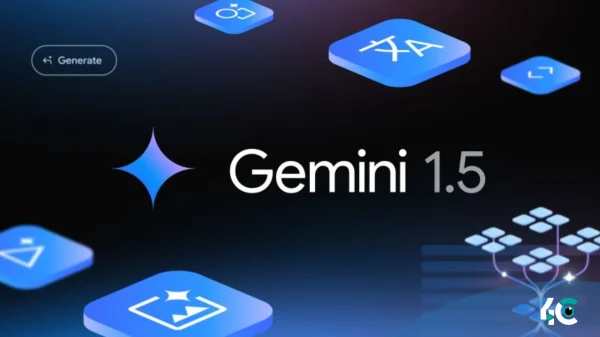Coinbase CEO advocates for blockchain technology as a solution for transparent government spending. He emphasizes its potential to enhance accountability and efficiency, with DOGE’s role in saving billions serving as a key example of blockchain’s power.
According to the most recent data from DOGE-tracker, the savings realized thus far account for only 1.8% of Musk’s overall goal of reducing federal spending by up to $2 trillion. Musk outlined this lofty ambition in a recent interview, highlighting the importance of streamlined and efficient government operations.
Great progress @DOGE
— Brian Armstrong (@brian_armstrong) February 8, 2025
Imagine if every government expenditure was done transparently onchain. Would make it much easier to audit.https://t.co/lpHhQhN4Ji
Coinbase CEO Brian Armstrong joined the discussion, applauding the project and arguing for the use of blockchain technology to promote accountability in government spending. In a social media post, Armstrong emphasized the potential benefits of decentralized ledgers, which provide real-time, publicly verifiable financial transactions.
Blockchain technology has long been recognized for improving transparency by creating a tamper-proof, publicly available record of transactions. Some experts believe that a blockchain-based treasury may implement mandatory spending authorization, requiring public consent before money is transferred.
To be clear, what the @DOGE team and @USTreasury have jointly agreed makes sense is the following:
— Elon Musk (@elonmusk) February 8, 2025
– Require that all outgoing government payments have a payment categorization code, which is necessary in order to pass financial audits. This is frequently left blank, making…
The call for financial monitoring grew stronger after Musk’s group uncovered a whopping $100 billion gap in government expenditures. Investigators discovered that billions of dollars in entitlement payments were being made to people who did not have genuine Social Security or temporary identity numbers, raising worries about possible fraud. Treasury officials calculated that at least half of these payments, totaling $50 billion each year, could be fraudulent.
To address this issue, the United States Treasury has agreed to establish new financial controls, including:
Mandatory Payment Categorization Previously, auditing was challenging due to the blank codes.
Required Transaction Justifications: Ensure that all payments have a clear reason.
More frequent updates to the “Do-Not-Pay” list: To prevent fraudulent rewards, move from annual to weekly or daily updates.
Proponents of cryptocurrency claim that blockchain technology could be the key to fixing these difficulties by providing a secure, immutable database for tracking government transactions. Jean Rausis, co-founder of the DeFi platform Smardex, underlined that a blockchain-based treasury must be permissionless in order to retain genuine financial transparency and prevent centralized control.
DOGE has already made substantial headway in reducing unnecessary spending, and the project will continue until July 4, 2026. The goal is to provide a leaner, more efficient government model on the 250th anniversary of the American Declaration of Independence. It is unclear whether this attempt would result in permanent improvements or more blockchain adoption in public finance.
































